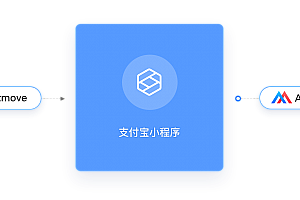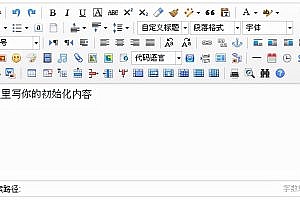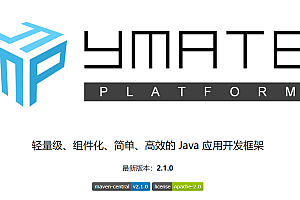Audino is an open source audio annotation tool. It provides features such as transcription and labeling, and can provide annotations for speech activity detection (VAD), classification, speaker recognition, automatic speech recognition, emotion recognition tasks, and more.

Tool function
- Multi-language support
- Collaborative annotation
- JWT-based authentication
- User-level projects, roles, and data assignments
- data point creation based on project level API keys
- Emoji support
- Flexibility in tag creation
Usage
Install the following dependencies to run Audino on your system:
- git
- docker
- docker -compose
Clone repository
$ git clone https://github.com/midas-research/audino.git
$ cd audinoNote for Windows users: Configure git to handle the end of the line correctly, as the service may throw an error that does not appear. You can do this by cloning the project in this way:
$ git clone https://github.com/midas-research/audino.git --config core.autocrlf=inputProduction configuration
backend service:
Environment variable:
- ADMIN_USERNAME: administrator user name (default is admin)
- ADMIN_PASSWORD: password of the admin user (default is password)
- DATABASE_URL: SQLAlchemy database URL (currently only MySQL database is supported)
- JWT_SECRET_KEY: JSON Web Token Secret key
- JWT_REDIS_STORE_URL: JSON Web Token Redis Store URL
The uploaded audio data points are stored in a folder inside the /root/uploadsdocker container and installed in backend_data. You can change this setting and mount the host server.
mysql service:
Environment variable:
- MYSQL_DATABASE: indicates the name of the MySQL database. The default is audino. If you want to change, you need to change the database name in the.csv file… /mysql/create_database.sql.
- MYSQL_ROOT_PASSWORD: user password root. The default is root.
- MYSQL_USER: the application user to be created for MYSQL_DATABASE. Note: DATABASE_URL should reflect this change in backend service
- MYSQL_PASSWORD: password of the application user. Note: DATABASE_URL should reflect this change in backend service
redis service:
Environment variable:
- REDIS_PASSWORD: Redis storage password. The default is audino. Note: JWT_REDIS_STORE_URL should reflect this change in backend service
To build the service, run:
$docker-compose -f docker-compose.prod.yml Build To start the service, run:
$ docker-compose -f docker-compose.prod.yml upTo turn off the service, run:
$ docker-compose -f docker-compose.prod.yml downProgram module
- Log in
- User dashboard
Here, the user will be able to view the assigned items. Administrators can view all projects. Users can also view top navigation bar options that help with navigation. Users can go to the administrative dashboard, log out, or return to the user dashboard.
- Management dashboard
Here, administrators can create new users, assign and edit roles to users, create new projects, and assign projects to users.
- Create user
To create a new user, click the logo to the right of the Users table in the Admin dashboard +. Fill in the required information (, and) and submit. A new user should be created.
- Editor role
- Create project
- Manage project users
After creating the user and project, you need to add the user to the project so that they can annotate the data assigned in a project. To continue, click the icon under the Manage Users specific project option. This can be found on the administrative dashboard. The mode should open with a list of all users. To select a user, press CMD/Ctrl and click the user name to add or revoke access. The highlight indicates that the user has access.
- Label dashboard
- Label value of management label
For each label, you need to add the value associated with it.
To create a new Label value, click the symbol Label Values to the right of the table +. Fill in the required information (label value) and submit. A new tag value should be created.
- data dashboard
- Annotation dashboard











